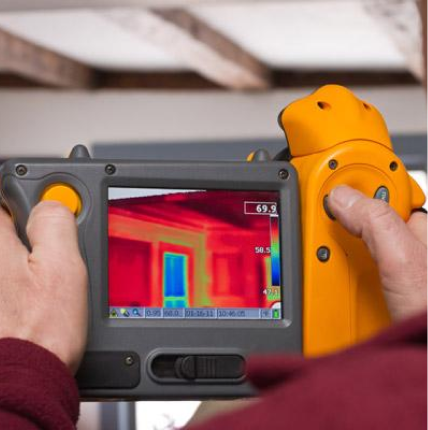Our Approach
Energy audit is a fundamental survey of a building which reveals how the energy is used and identifies if and where opportunities for energy conservation exist. Energy audit is the first step towards any energy conservation measures (ECM) implementation or major renovations. The energy audit is a survey, inspection and analysis of energy flows within the building and includes:
- Analysis of the building’s energy monitoring capabilities
- Benchmark of the building energy performance
- Identifying optimization potential in setpoints and operational schedules
- Identifying inefficient O&M practices
- Detection of malfunctioning or under-performing systems or equipment
- Identifying issues with the control logic or defect control sensors or control systems
- Defining energy conservation measures with their energy savings potentials and a timeline for their implementation
- Economic/financial analysis of the ECMs and classifying them as low-, medium- and high-hanging fruits
- Recommendation for Measurement and Verification (M&V) for ongoing performance analysis of the implemented ECMs
A Typical Energy Audit Process
Collection of Building Information
Building operation records including utility bills, systems submetering records or BMS logs, operational schedules, settings and setpoints. The review also covers the ECMs previously implemented and existing documentation of the building and it focuses on the last 3 years of operation.
Review of Energy Consuming Equipment
On-site and analytic visual and functional inspection of the building systems to identify malfunctioning or under-performing equipment. In case available information is not enough, additional metering should be performed. The scope of the survey covers the key energy consuming base building equipment, passive features and other elements affecting the building energy consumption.
Identification of ECMs
Analyze the available records, calculate the expected energy use and assess the efficiency of the base building systems. Benchamarks for the various building energy use indices, international standards and good practices should be used to identify measures which improve the operation of the systems.
Cost Benefit Analysis of ECMs
ECMs are classified into Category I, II and III. Category I are the measures that require no cost investment. For Category II and III capital cost is involved and cost benefit analysis should be carried out such as return on investment (ROI).
Recommendations
Based on the findings of the previous steps, recommendations should be made for the timeframe and order of implementation and synergies between various ECMs. These also include potential further studies or analyses that is required for some systems or equipment.
Energy Audit Report
The final step is to produce an energy audit report following a format recommended by the EAC. It should cover all inspections, analyses, findings and recommendations with technical, operational and financial details.
